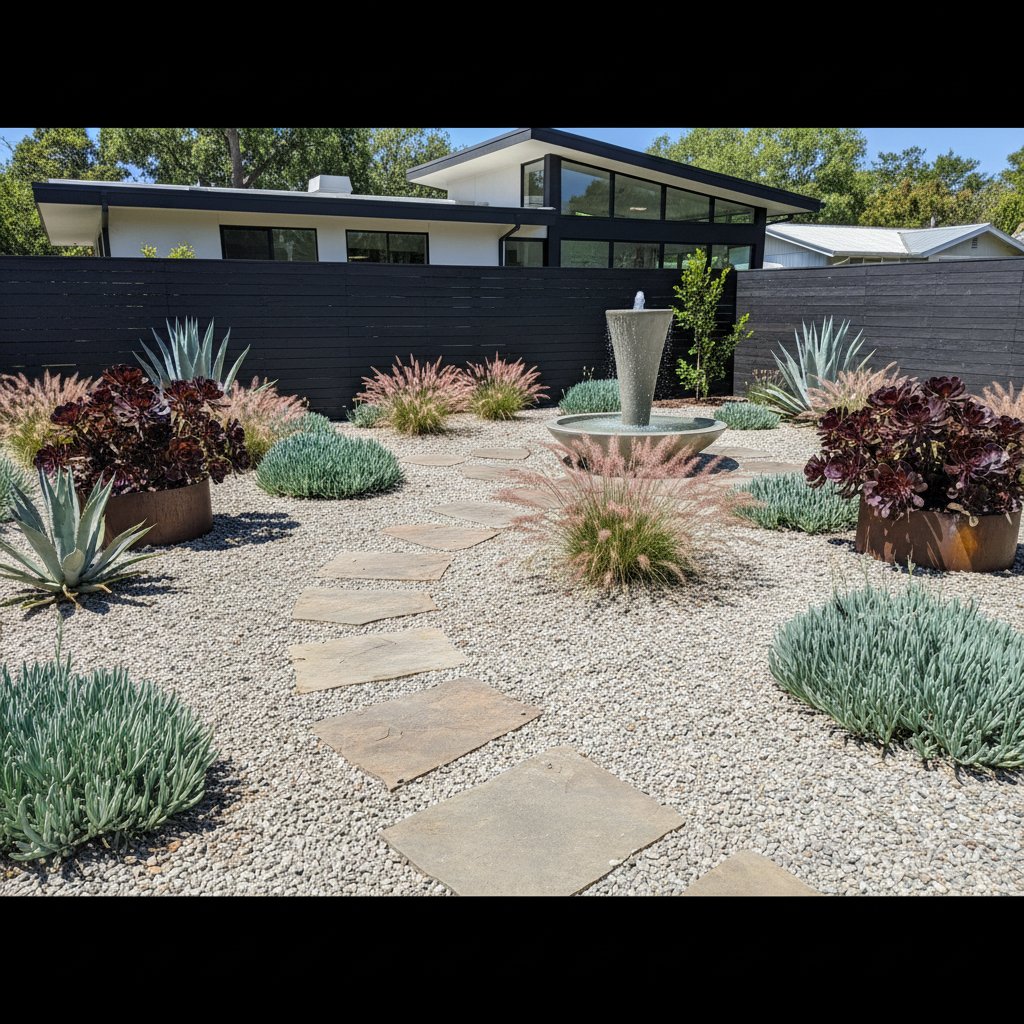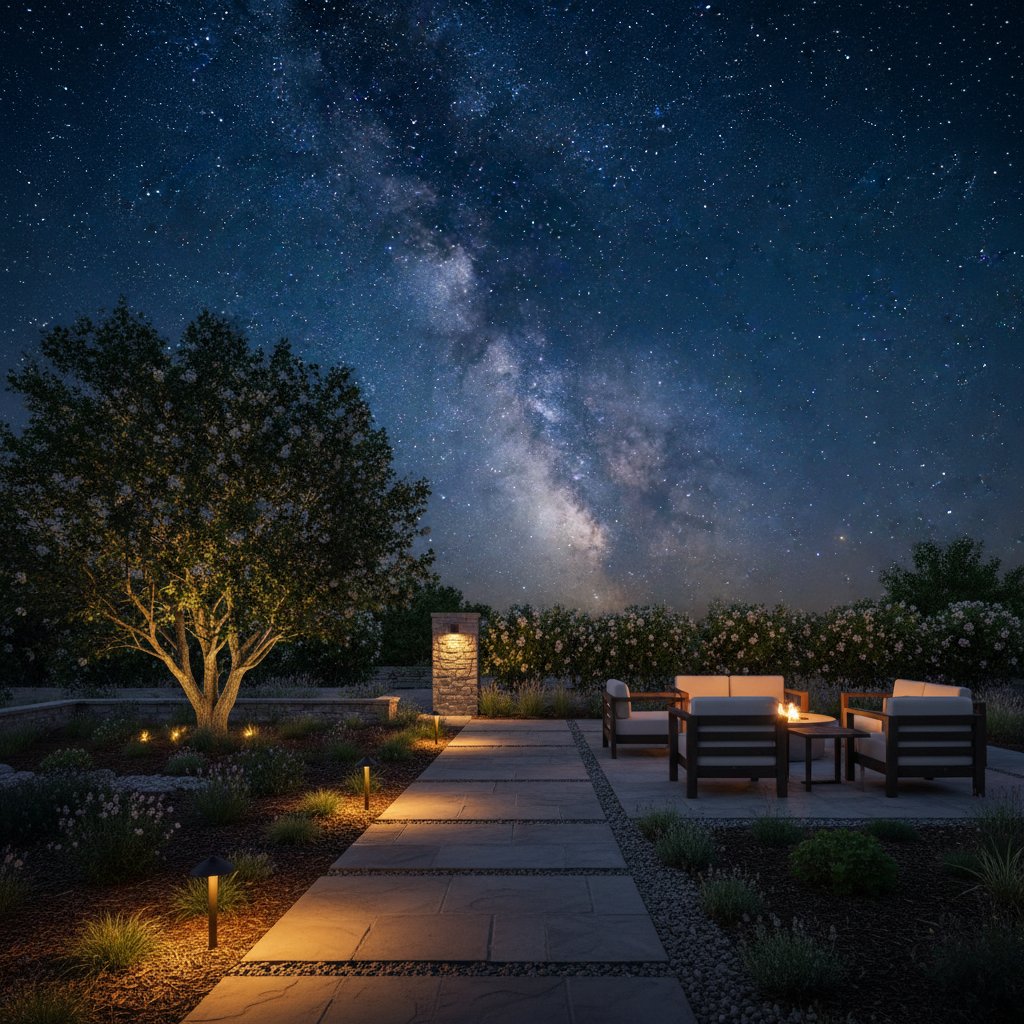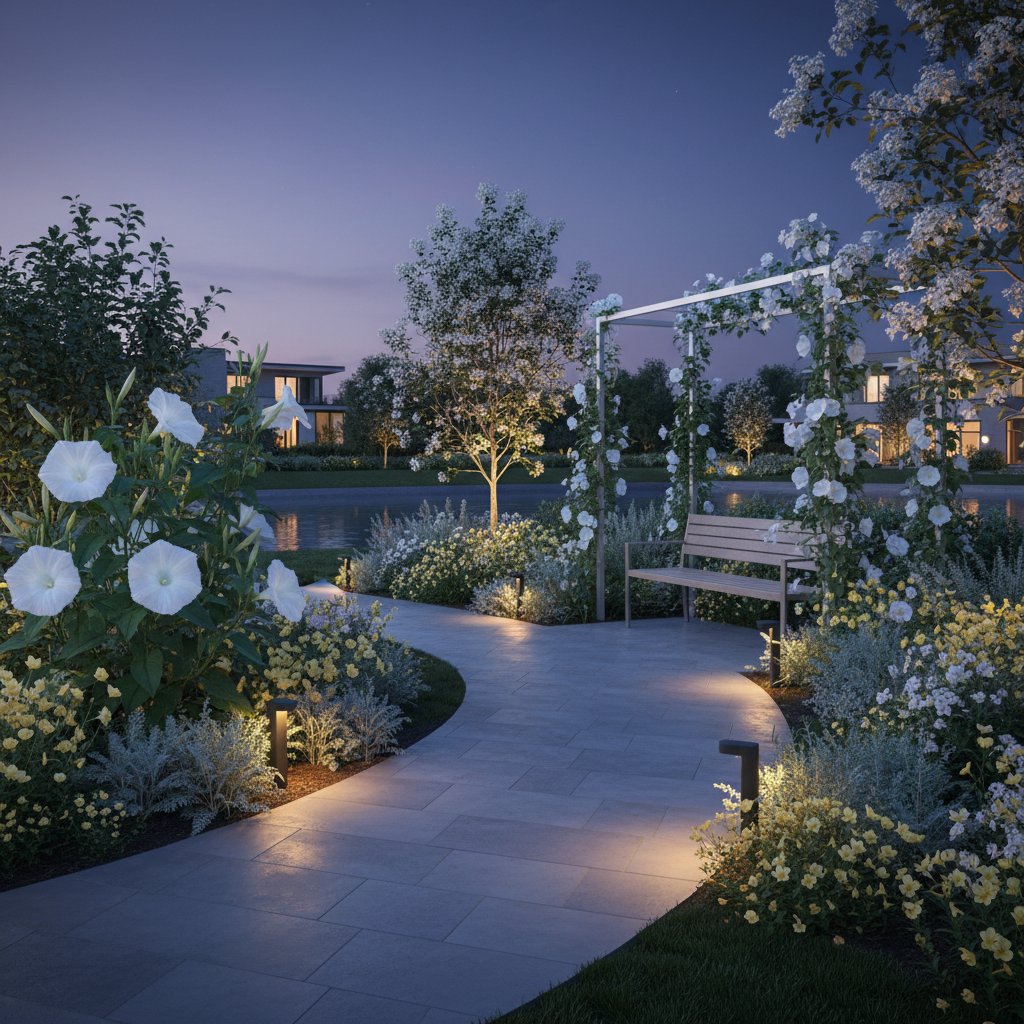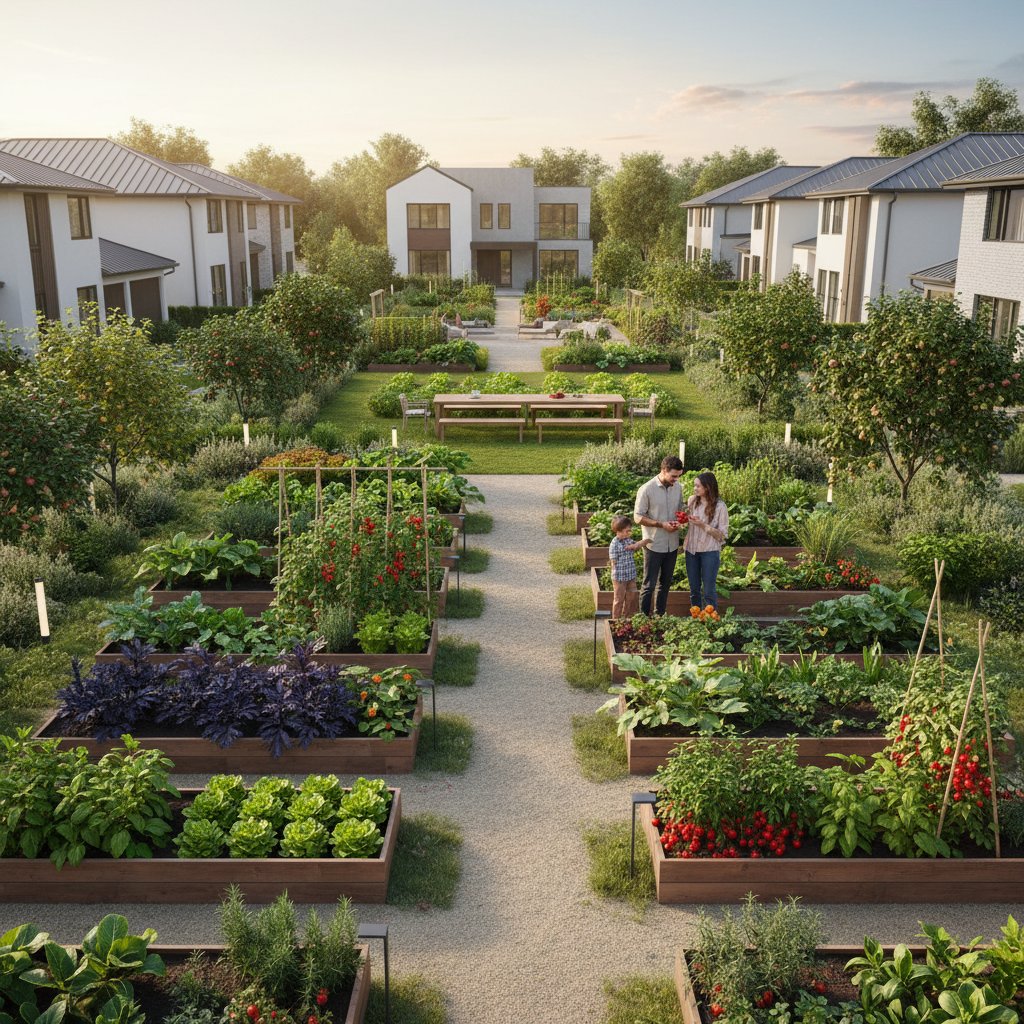Gravel Gardens: Effortless Luxury Landscaping Trend
Gravel gardens emerge as an ideal option for homeowners seeking a stylish outdoor area with minimal ongoing care. These designs feature clean lines, varied textures, and earthy tones that enhance the appearance of any yard. Beyond aesthetics, gravel gardens provide practical benefits, including water conservation, reduced upkeep, and an inviting atmosphere.
Consider this landscaping method if you plan to refresh your property. It adapts seamlessly to spaces of varying sizes and complements modern, rustic, or traditional architectural styles. Success hinges on grasping the core elements of gravel gardens and tailoring the design to your specific site conditions.
Why Gravel Gardens Are Gaining Attention
The rising popularity of gravel gardens stems from their straightforward design and functional advantages. They appeal to individuals with demanding schedules, regions with arid conditions, and those desiring a serene, uncluttered environment. These gardens offer a sophisticated appearance that integrates harmoniously with the natural surroundings.
Key factors driving this trend in contemporary landscaping include the following:
- Low maintenance requirements. Eliminate mowing tasks, perform occasional trimming, and manage weed growth effectively.
- Superior water efficiency. The gravel surface promotes rainwater infiltration and minimizes irrigation demands.
- Exceptional durability. Gravel resists fading, decomposition, and withstands frequent foot traffic without damage.
- Versatile design options. Pair with diverse plant varieties and align with multiple architectural aesthetics.
- Budget-friendly implementation. Install in phases and modify incrementally to avoid significant interruptions.
Choosing Plants That Thrive in Gravel
Select plants for gravel gardens that demonstrate resilience and tolerance to dry conditions. These species favor soil with excellent drainage and flourish under full sunlight exposure. Focus on varieties that mimic growth in rocky or sandy terrains for authentic results.
Recommended selections include:
- Lavender varieties such as English lavender, which provide vibrant blooms and aromatic foliage throughout the season.
- Sedum types like stonecrop, offering low-growing mats that fill spaces with succulent leaves.
- Thyme options including creeping thyme, which serves as a fragrant ground cover activated by light footfall.
- Yarrow with its flat-topped flower heads in shades of white, pink, or yellow for seasonal color.
- Ornamental grasses such as blue fescue for fine, blue-tinted tufts or feather reed grass for upright, arching forms that add movement.
- Euphorbia species like cushion spurge, featuring architectural shapes and requiring infrequent hydration.
Incorporate plants of varying heights and foliage textures to establish visual interest. Maintain expanses of exposed gravel amid plantings to preserve design equilibrium. Cluster species with comparable moisture preferences to optimize watering routines and prevent stress on individual elements.
What It Costs and How Long It Takes
Establishing a gravel garden typically proves more economical than installing a traditional lawn or paved patio, though expenses vary by project scale and material choices. Expect costs ranging from six to fifteen dollars per square foot, encompassing gravel procurement, edging installation, and initial planting.
Opt for a do-it-yourself approach to control expenditures, recognizing it demands considerable physical labor. For a moderately sized yard, allocate multiple weekends to site preparation, gravel spreading, and plant integration. Engaging a professional landscaper accelerates the timeline and guarantees accurate soil grading and drainage systems, yet it may increase total expenses by up to double through added labor fees.
Following setup, ongoing expenses remain minimal. Refresh gravel layers every three to five years as needed, and replace select plants periodically. This eliminates routine costs associated with mowing, fertilization, or extensive irrigation.
Seasonal Care
Gravel gardens require limited intervention to maintain vitality, with targeted actions aligned to each season ensuring optimal performance.
Spring Maintenance
Clear accumulated leaves from gravel surfaces and inspect plants for signs of damage or disease. Replenish gravel in areas showing wear to restore uniformity. Divide overcrowded perennials if growth appears vigorous.
Summer Upkeep
Provide supplemental water to recently planted specimens until roots establish firmly, typically within the first growing season. Established plants demand infrequent hydration, relying on natural rainfall in most cases. Monitor for heat stress in extreme conditions and mulch around bases to retain soil moisture.
Autumn Tasks
Prune back faded perennials and ornamental grasses to promote tidy appearance and encourage robust spring regrowth. Collect fallen seeds from desirable plants for future propagation. Prepare edging materials for any necessary repairs.
Winter Preparation
Perform light raking to disperse debris and prevent matting on gravel paths. The permeable design facilitates effective drainage, mitigating issues from frost or heavy precipitation. Protect tender plants with temporary covers if severe freezes occur in your region.
Sustainable Benefits Beyond Aesthetics
Gravel gardens extend value through their ecological contributions, surpassing mere visual appeal. They conserve water resources, foster habitats for pollinating insects, and eliminate the need for synthetic fertilizers or pesticides. The permeable gravel layer facilitates rainwater absorption, thereby reducing urban runoff and safeguarding nearby water bodies from contamination.
Additionally, the light-reflective properties of gravel provide subtle warmth to adjacent plantings, potentially prolonging the active growing period. This environment deters soil-dwelling pests that favor moist conditions. In the long term, such landscapes cultivate a balanced ecosystem that aligns refinement with environmental stewardship.
Steps to Create Your Gravel Garden
Initiate your gravel garden project by evaluating your yard's sunlight patterns, soil type, and drainage characteristics. Sketch a basic layout, incorporating winding paths or focal points to guide visitor flow. Source materials from local suppliers to ensure compatibility with regional climate demands.
Begin implementation with small-scale trials in less prominent areas to test plant performance and gravel distribution. Gradually scale up, adjusting based on observed growth and aesthetic preferences. Document progress with photographs to refine future expansions.
For expert guidance, consult a landscape designer to develop a customized plan, including gravel size selections and regionally appropriate plant palettes. Whether pursuing independent efforts or professional assistance, this transformation yields a sophisticated outdoor retreat.
Long-Term Rewards of Gravel Gardens
A meticulously designed gravel garden merges opulence with simplicity, creating an outdoor haven that evolves gracefully over time. It demands minimal intervention, allowing you to savor its serene beauty without burdensome chores. This enduring landscape investment enhances property value while delivering daily tranquility and a connection to nature.



